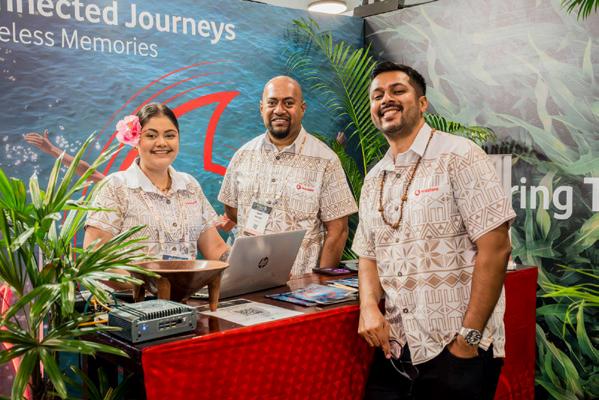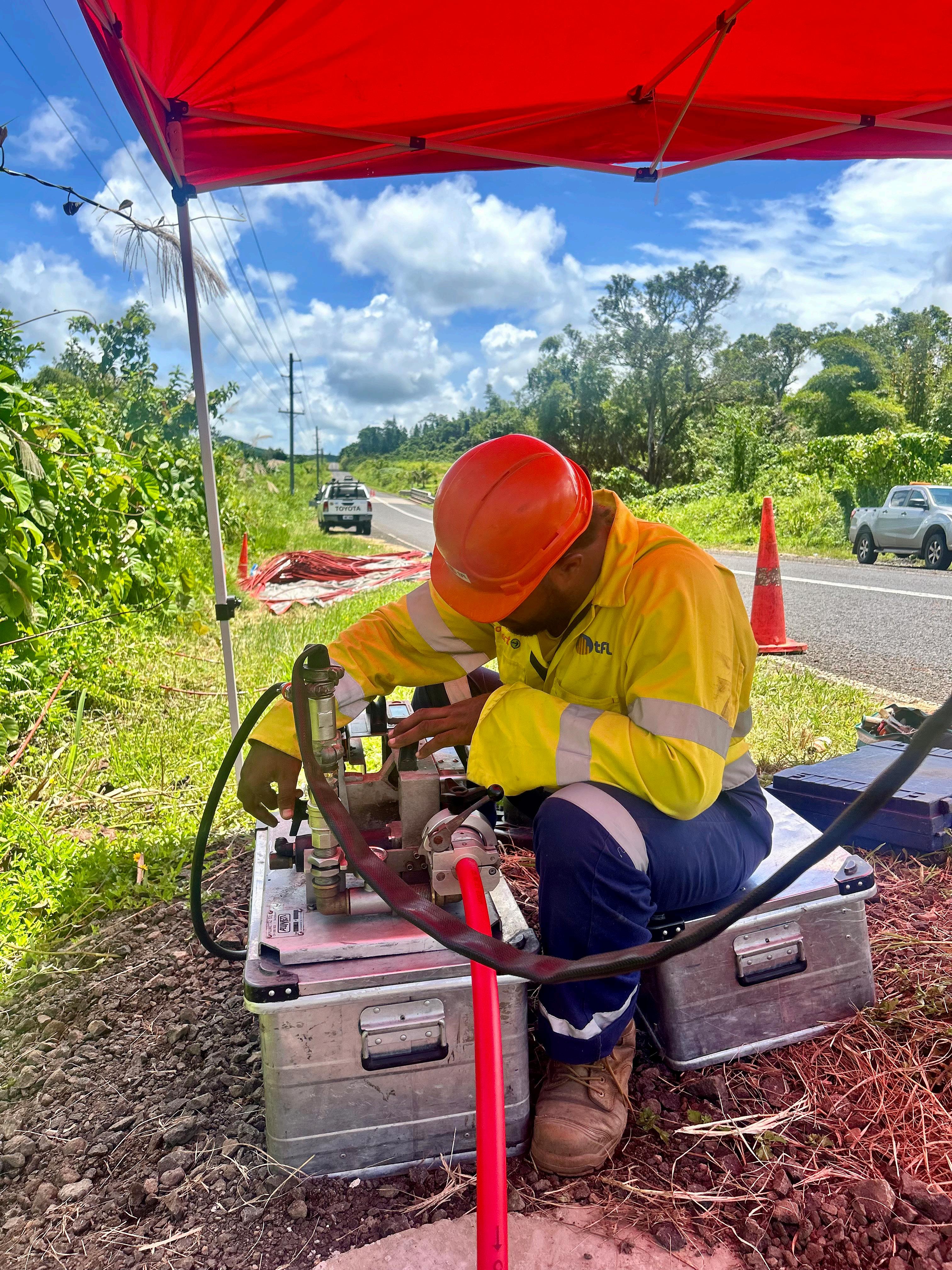

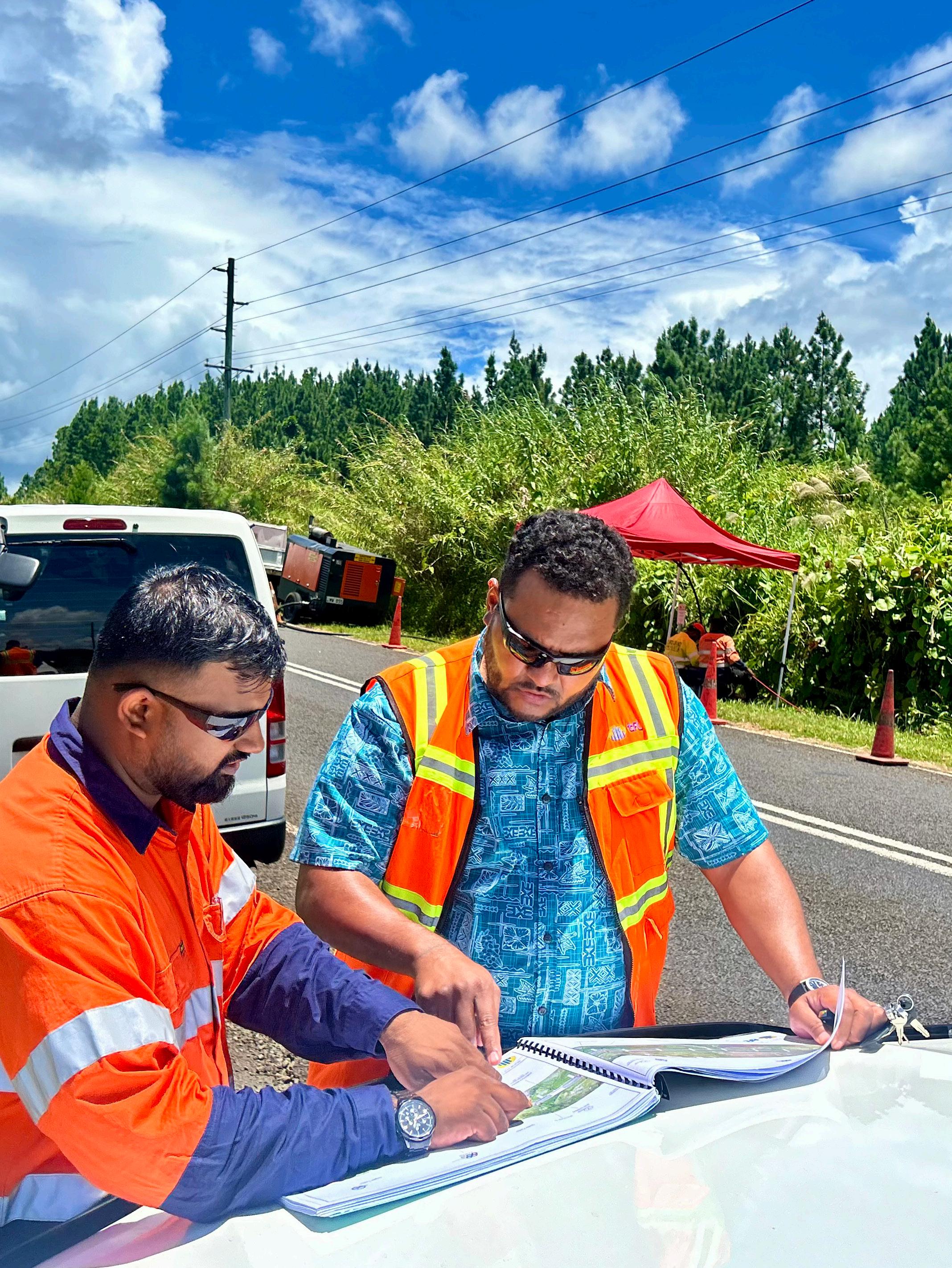
A NEW ERA OF CONNECTIVITY IN FIJI AND THE PACIFIC REGION






Leading Fiji and the Pacific region into a new era of connectivity, Amalgamated Telecom Holdings is at the forefront of transforming telecommunications services. CEO, Ivan Fong, discusses enhancing digital infrastructure and driving financial inclusivity
Writer: Rachel Carr | Project Manager: Sam Thomas
The telecommunications (telecoms) sector in Fiji is rapidly evolving and positioning the country as a leading digital gateway for the Pacific region, which is poised to harness new opportunities.
The tropical paradise, comprising over 300 islands, aims to expand connectivity, strengthen cybersecurity, improve services, and bridge the digital divide, supported by robust submarine cables and fibre networks.
At the forefront of this digital innovation and expeditious development is Amalgamated Telecom Holdings (ATH) – a Fiji-based company formed in 1998 from state-owned entities in the telecoms and IT sectors.
Currently, ATH’s major shareholder is the Fiji National Provident Fund, a defined contribution scheme that
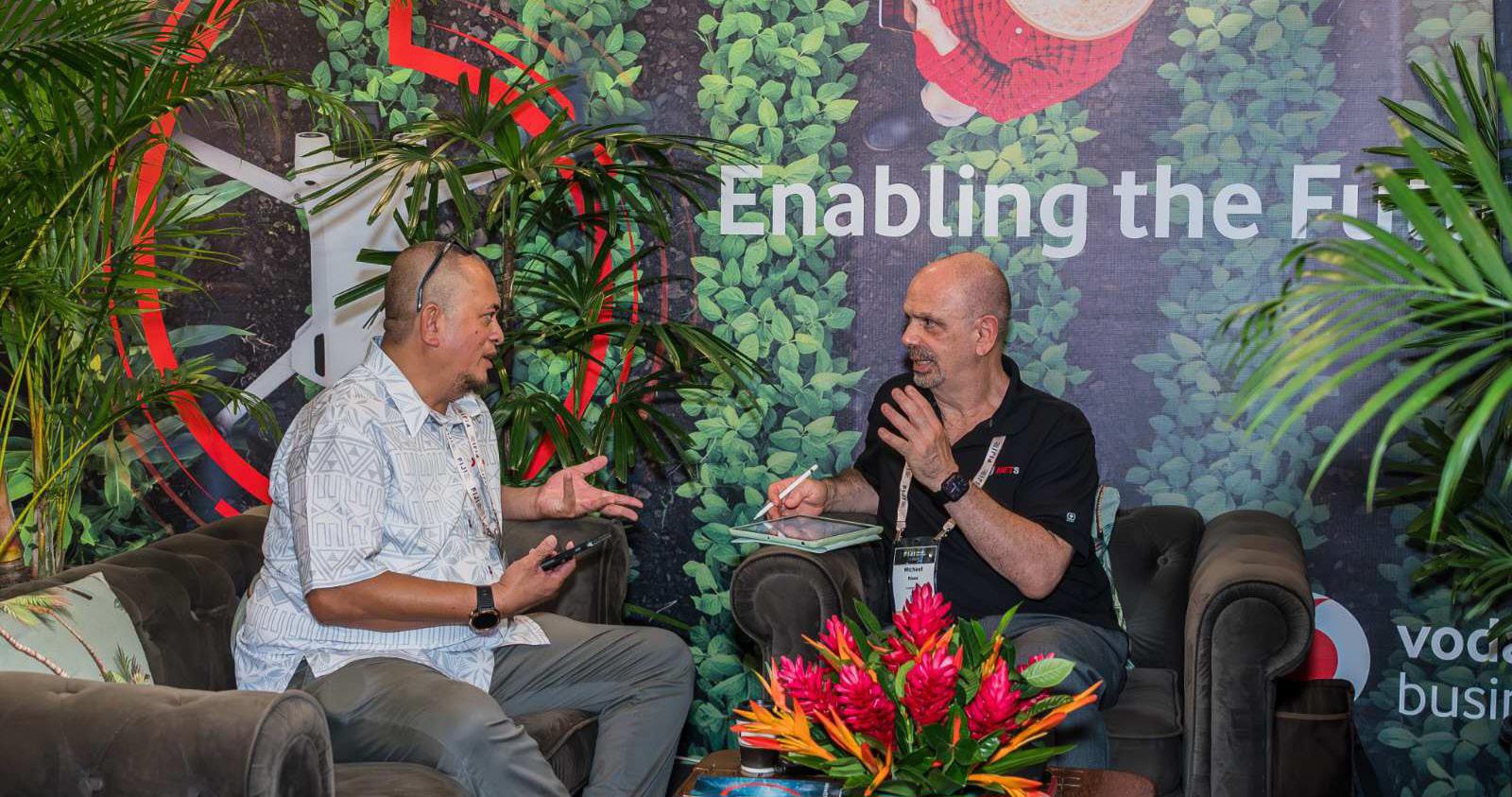
holds approximately 73 percent of its shares.
The Fijian government holds a residual stake of roughly 15 percent, whilst the remaining 12 percent is owned by retail and institutional shareholders.
“In the last decade, we’ve expanded
around the Pacific into seven markets, namely Fiji, Papua New Guinea (PNG), Samoa, American Samoa, Vanuatu, the Cook Islands, and Kiribati,” opens Ivan Fong, CEO.
“We consider various factors in making investment decisions,
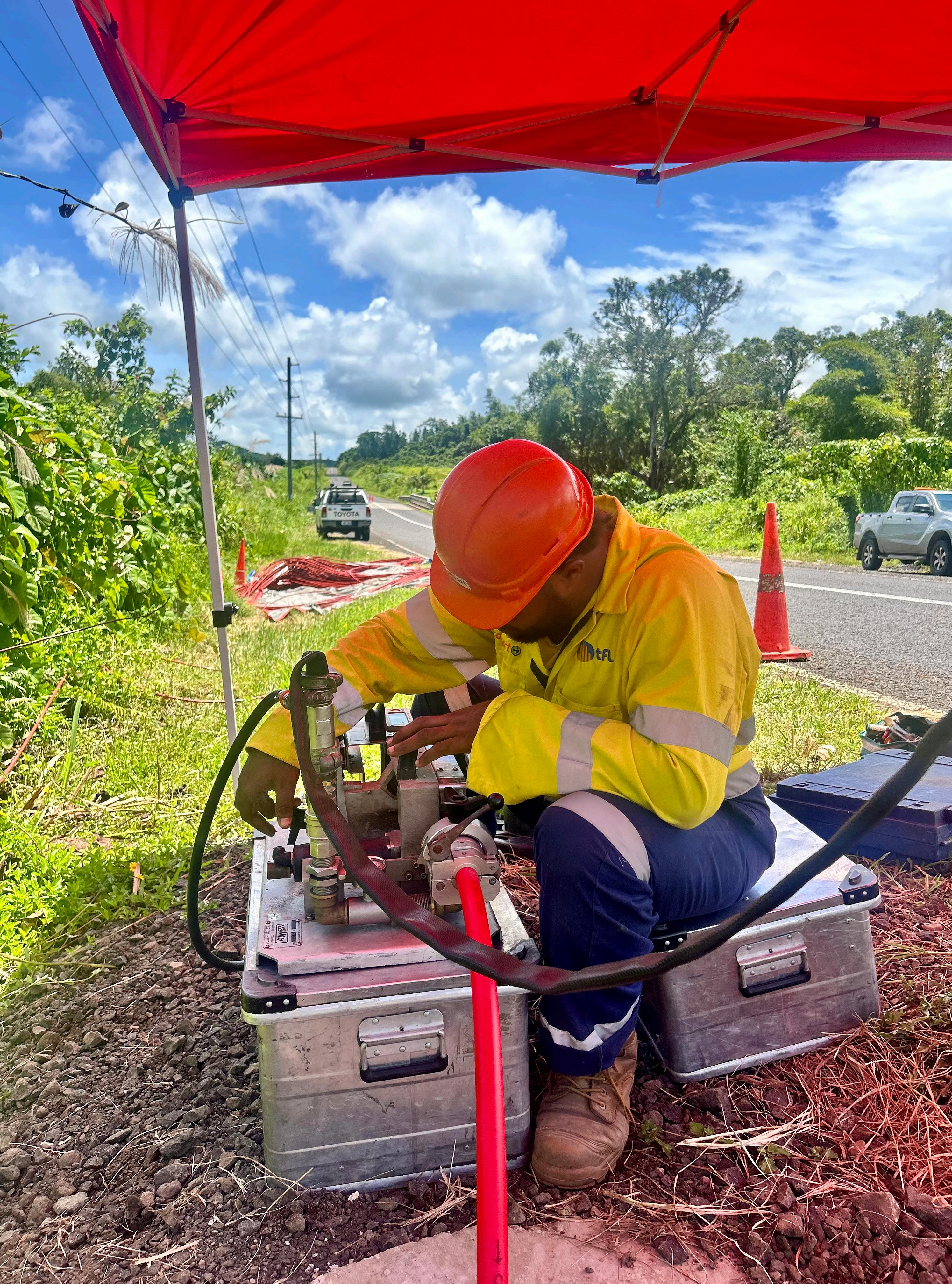
particularly when evaluating opportunities originating from Fiji, but we also consider the broader Pacific markets.”
The island nation has a population of less than one million, with a relatively mature market and an aggressively competitive environment; however, Fong recognises there are opportunities for growth by extending ATH’s networks.
“Broadband services, including fibre and satellite connectivity, are still lacking in some markets. There’s also potential in value-added services, such as mobile wallets and digital payments, particularly for the large unbanked populations in the Pacific region.
“The way to build financial inclusivity is through participation in mainstream economies, where they can live and grow,” he continues.
In response to the increasing demand in the Pacific region, ATH plans to enhance its data solutions and broadband services.
“Improving connectivity is a huge task from our perspective, but one of the things we’re doing is acquiring spectrum to deliver 5G services, and we’ve just been granted the licences to do that in Fiji,” Fong states optimistically.
“We’ve launched our networks across the Pacific and plan to expand to 5G broadband. Whilst we don’t yet offer ubiquitous fibre-to-the-home, we are enhancing our infrastructure to provide high-speed broadband, especially for large corporations.”
ATH also ensures small and medium-sized businesses, as well as residences, can afford the high-speed broadband that fibreoptic cables provide.
“On the international front, most markets we operate in require additional
connectivity and resilience so we’re always looking for solutions, whether it’s satellite or submarine fibre, to increase connectivity and bandwidth in the countries where we operate.”
However, expanding the 5G network infrastructure is not without challenges, and Fong understands that no initiative or project is immune to obstacles in the FinTech space, particularly considering digital wallets.
“Starting a FinTech business in Fiji has underscored the need for continuous development. As our company has matured, the issues of fraud and security have become increasingly critical, which is
particularly relevant as more people gain access to broadband.
“Regulators have generally recognised these as new services and acknowledge potential risks. They prefer a collaborative approach to foster growth, and if challenges arise, we can address them effectively,” assures Fong.
Currently, regulators are beginning to tighten their focus, especially as adoption of digital financial services increases and dealing with issues related to fraud and money laundering becomes more important.
In digital financial services (DFS) markets, ATH will increasingly become subject to Know Your
Ivan Fong, CEO: “The perennial challenge in the Pacific is the flight of qualified and skilled workers to markets like Australia, New Zealand, the US, and Asia.
“Most employers and investors in the region experience this, so they often try to foster loyalty amongst their employees. Our organisation continues to train and educate people with the hope that some of them will choose to stay in the area.
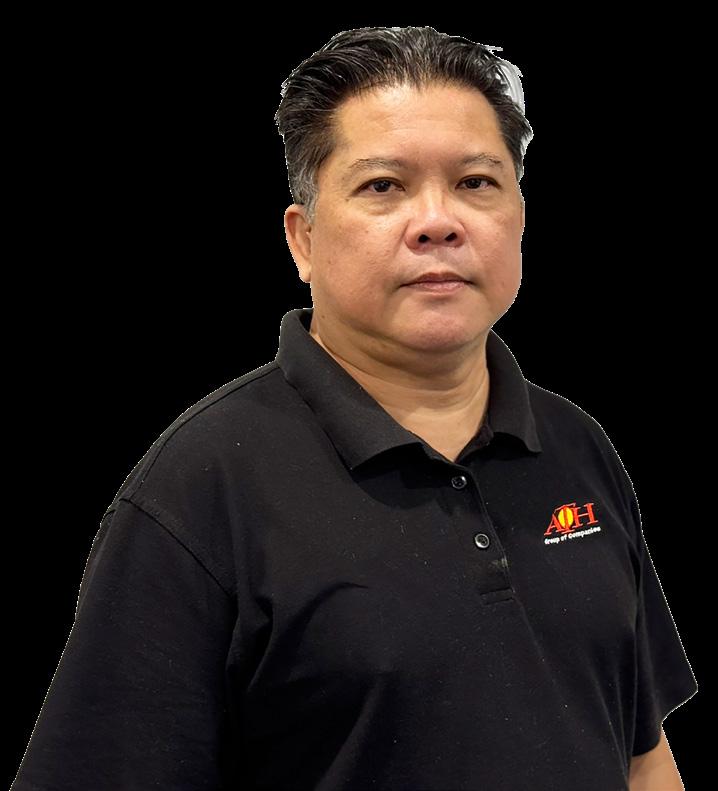
“We’ve seen success in boosting loyalty and are exploring a labour mobility model to enable individuals to work across various markets, which may enhance their commitment to the
“Furthermore, we are in discussions with major players like Google and Meta and proposing the idea of establishing centres of excellence in markets such as Fiji and other Pacific locations.
“Since their infrastructure already operates in these areas, our goal is to collaborate with them to support local economies and development by utilising a workforce that we’ll train and certify to meet their specific requirements.”
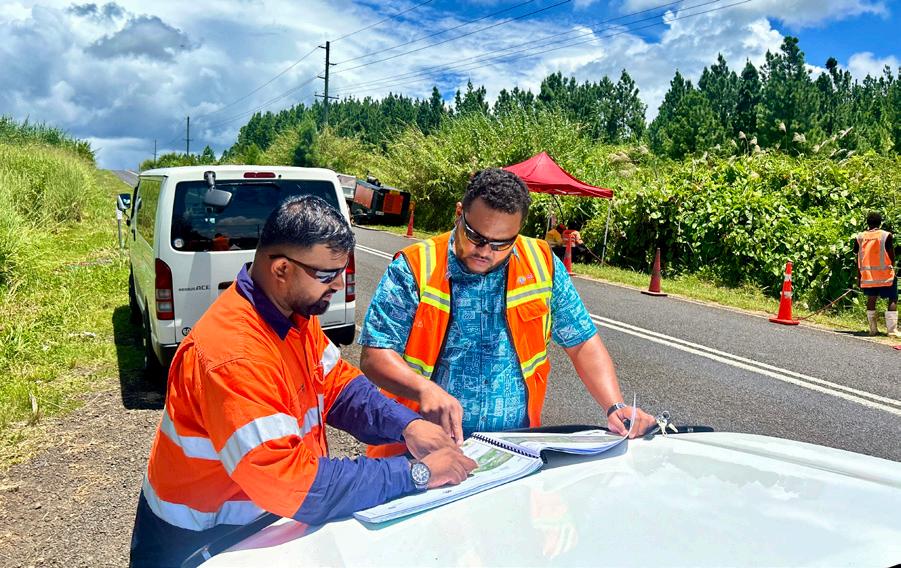
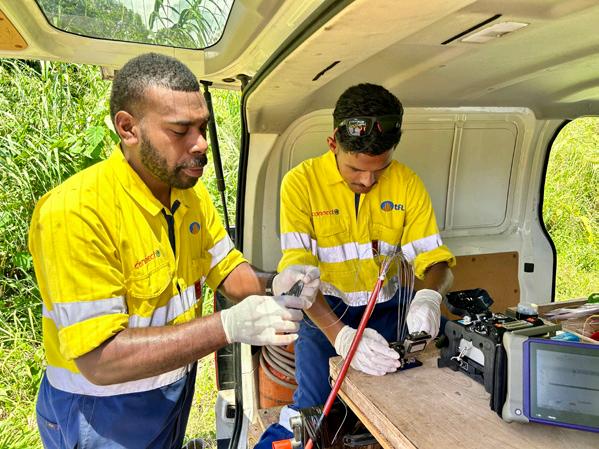
Customer (KYC) processes and reporting and compliance requirements typically applied to banks and financial institutions, whilst adapting them to the digital space.
ATH is considering plans to leverage emerging technologies, such as advanced metering infrastructure and machine learning (ML), to enhance the customer experience.
“Customer experience is a priority. One of the easiest ways we’ve experimented with artificial intelligence (AI) is by implementing AI agents for customer service, which can handle common billing inquiries and service questions,” reveals Fong.
“This approach helps reduce the number of calls we receive from customers, and we are already utilising this in our operations.”
The company has also recognised a significant opportunity for AI to enhance operational efficiency by reducing its energy requirements.
ML technologies, meanwhile, are
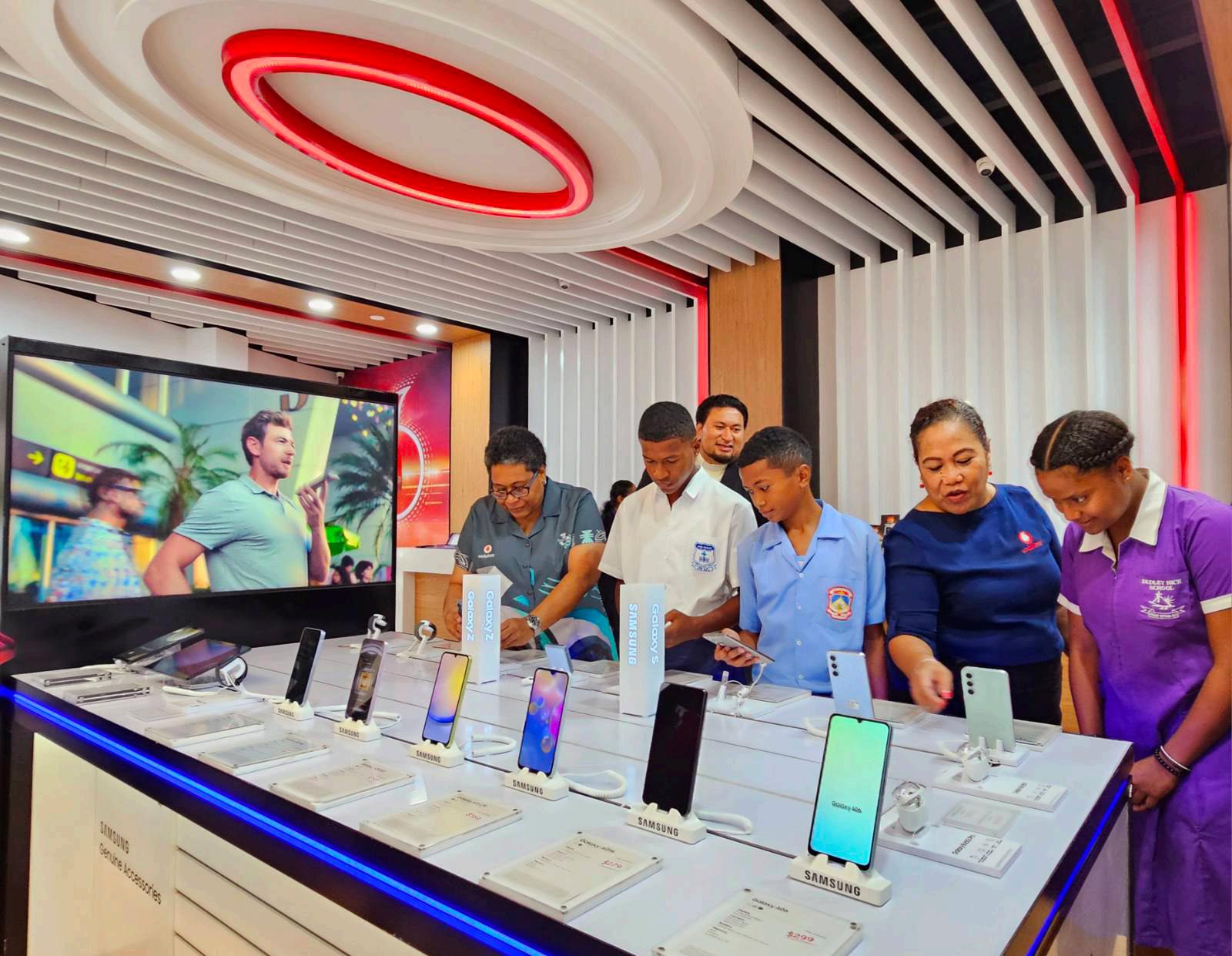
“ON THE INTERNATIONAL FRONT, MOST MARKETS WE OPERATE IN REQUIRE ADDITIONAL CONNECTIVITY AND RESILIENCE SO WE’RE ALWAYS LOOKING FOR SOLUTIONS, WHETHER IT’S SATELLITE OR SUBMARINE FIBRE, TO INCREASE CONNECTIVITY AND BANDWIDTH IN THE COUNTRIES WHERE WE OPERATE”
– IVAN FONG, CEO, AMALGAMATED TELECOM HOLDINGS
expected to save a considerable amount of energy in terms of network infrastructure.
“ML not only benefits us from a sustainability standpoint but also brings financial advantages by lowering operational costs,” he outlines.
“Whilst we are not fully engaged in hyperscale initiatives, we are currently rolling out 5G networks and exploring potential add-ons from vendors and solutions providers to support these initiatives. We believe there are
substantial opportunities ahead.”
It’s worth noting that most of the Pacific markets in which ATH operates are likely too small for major hyperscalers to deploy their core AI workloads. However, companies like Google are considering entering some of the company’s markets.
From a sustainability perspective, their presence can help them achieve their own environmental, social, and governance (ESG) goals, particularly given the region’s mix of renewable and fossil fuel energy sources.
ATH is also exploring ways to enhance its renewable energy initiatives with a view to achieving greater sustainability, making Fiji and the Pacific Islands a more attractive destination for these customers. However, the typical challenges arising from the terrain and geography of the Pacific region persist.
“We frequently face natural disasters, particularly cyclones and floods, which cause significant damage to our networks and impact the livelihoods of those in the markets we serve.”
Despite this, ATH continue to build its networks. One of the company’s current initiatives involves discussions with development agencies and other sovereign nations that may have funds to contribute to the markets in which it operates.

ATH effectively manages relationships with key suppliers, including Ericsson, Huawei, and ZTE. The company typically remains agnostic regarding operators, suppliers, and solutions providers, focusing on what drives business.
“I believe that all the boards and management teams across our operations in the region are dedicated to developing solutions tailored to meet the specific needs of customers in their respective markets,” notes Fong.
Importantly, many Pacific markets have low levels of disposable income, which necessitates the creation of solutions that are affordable for end-users, presenting a significant challenge.
“Whilst we do choose vendors primarily due to their competitive price points, our teams remain neutral in vendor selection. We are aware of the differences in pricing for equipment, services, and other offerings,” he points out.
“However, we continue to engage in discussions with potential financiers, development and sovereign agencies, and others to explore outcomes that align with geopolitical interests, regardless of market conditions. We are open to achieving solutions, provided they meet requirements that fit with the end users’ realities.”
These discussions aim to help individuals develop practical innovations or solutions.
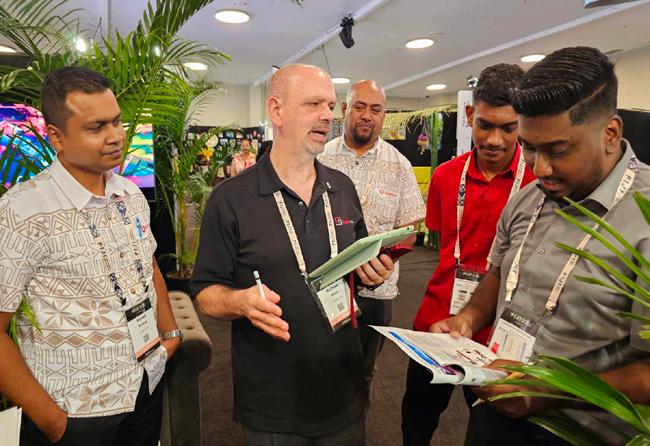
“We advocate for improving infrastructure resilience in these areas, acknowledging affordability as a key issue. Whilst consumers and businesses can cover basic services, additional investments for enhanced resilience can be challenging.
“This remains a work in progress and an ongoing discussion – we will see what outcomes arise from it,” Fong emphasises.
Since launching in PNG three years ago, ATH has made a meaningful impact in this new market.

“Business surveys in PNG revealed that the lack of quality, reliable telecoms services was one of the top three issues affecting companies in the country.
“However, we recently noted the latest business surveys conducted in PNG, which indicated that telecoms as a critical challenge has now fallen significantly to about number 10 on the list,” Fong elaborates.
That coincides with ATH’s entry into the PNG market, where it has made an effort to build nearly 1,000 telecoms towers and currently serves around 1.5 million customers.
“In PNG, we’re doing our bit to help improve the supply of services and tap into any latent demand. There’s still more to do, but we feel that our investment decision is validated,” confirms Fong.
Google is constructing data centres in Fiji, collaborating with ATH to provide infrastructure that connects Australia to the US, as well
as intra-Pacific cables connecting Fiji with Guam and French Polynesia.
“The impact is more significant when major companies like Google enter our markets to help build knowledge and capacity amongst the people of Fiji and the Pacific region. This support can help us catch up with the rest of the world,” he resolutely expresses.
“One immediate benefit is being able to roll-out 5G technologies. We’re enhancing services and expanding our capabilities and, from a server perspective, continue to work on improving international connectivity.”
Additionally, ATH has experienced growth primarily in the Pacific region with revenues increasing to FJD$1billion, which has undoubtedly helped it become a substantial group in the area.
“We still need to restructure and streamline our operations. Our goal is to implement necessary changes whilst enhancing synergies and
efficiencies, including upgrading billing and operational support systems,” closes Fong.
ATH is not only enhancing the customer experience but also paving the way for a new digital age in the Pacific region.
